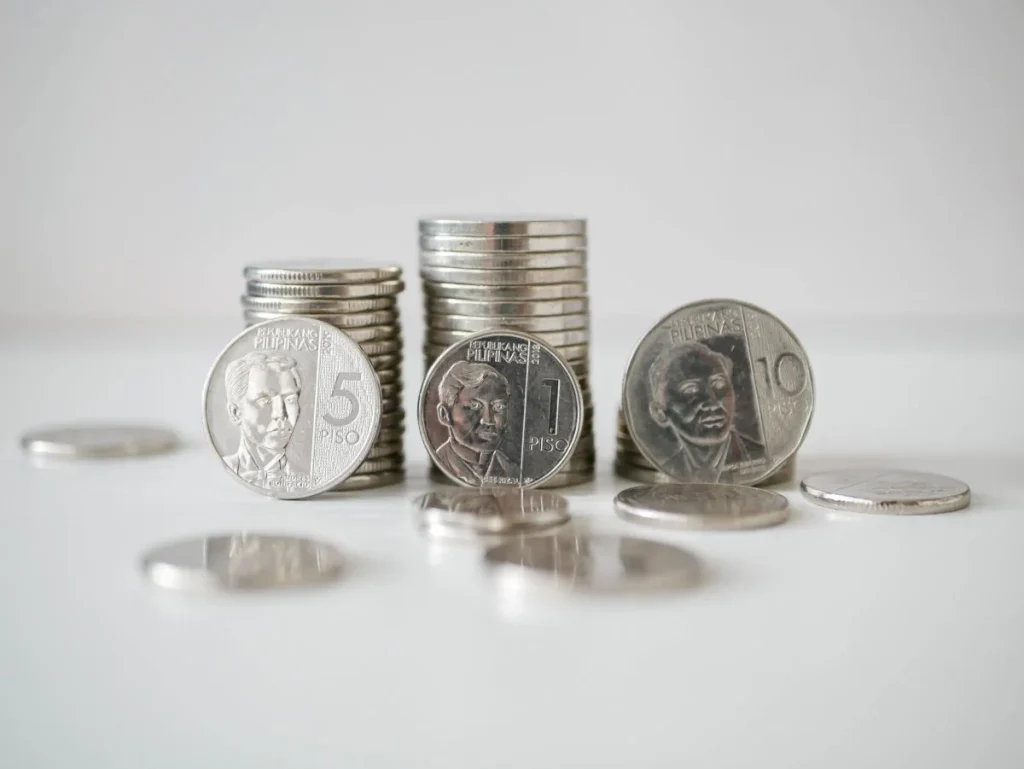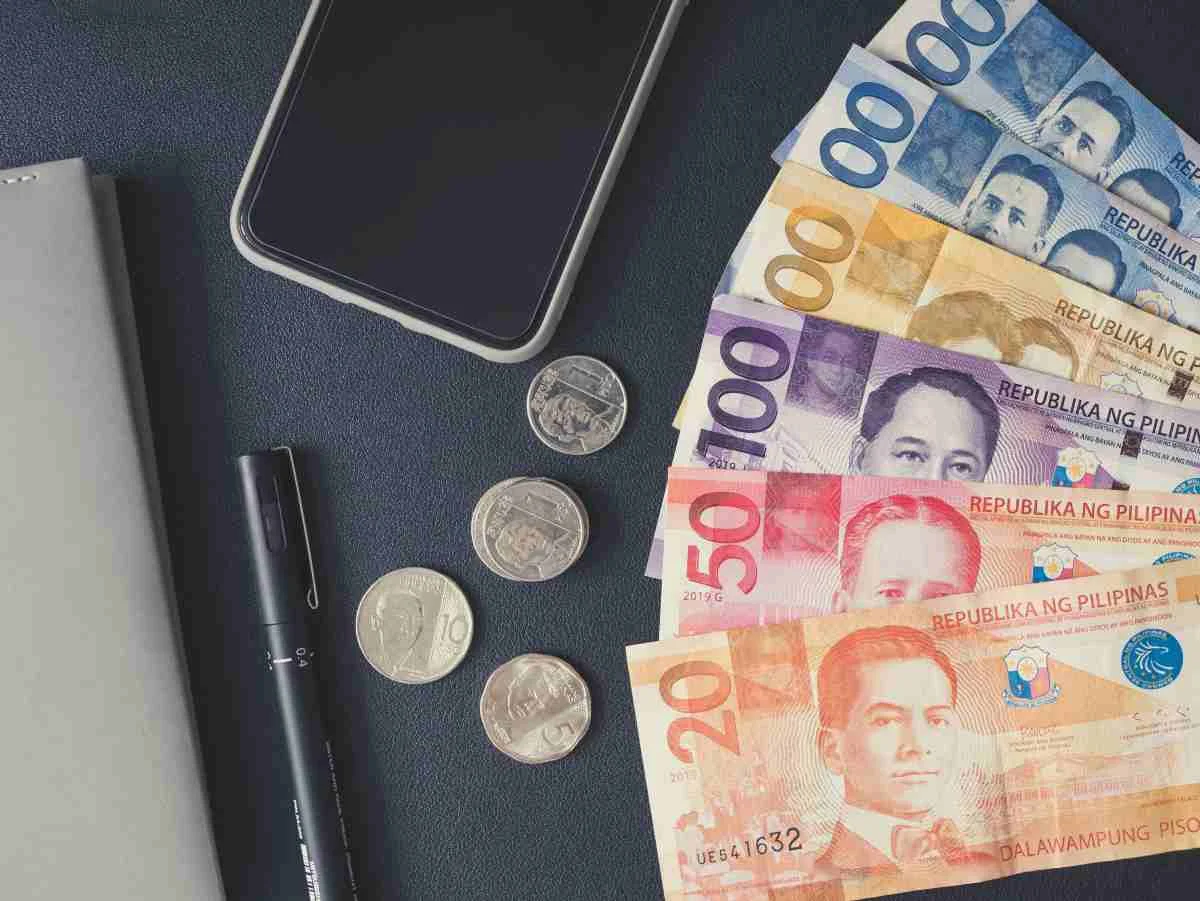Foreign investors who are considering prospects in the Philippines are wary of the Philippine Peso’s (PHP) history of volatility. But there’s excellent news in the offing! As the Philippine Peso begins to exhibit signs of greater stability, avenues are being opened for better investment performance, particularly with reputable residential real estate developers selling a house and lot.
Both domestic and international investors are influenced by the fundamental factor of currency stability when making investment decisions. The Philippine Peso (PHP), the nation’s currency, has fluctuated, so achieving stability in the currency will have a big impact on investors in the Philippines. We’ll examine what the stabilization of the Philippine Peso means for both domestic and international investors in this post.
The Philippine Peso’s Exciting Wild Ride
The Philippine Peso has a reputation for being one of Asia’s most unstable currencies. This volatility can be ascribed to a number of things, such as the nation’s reliance on remittances from Filipino workers who live abroad, changes in the price of oil on the world market, and the country’s trade balance. Investors have had to carefully negotiate these changes throughout the years, so it’s critical to comprehend how a stabilized peso could impact their investments.
Volatility of currencies throughout time
The Philippine Peso has a reputation for being unstable. The value of the peso has fluctuated throughout time due to a variety of factors, including inflation, foreign shocks, and economic uncertainty. For investors looking for a secure environment to allocate their capital, this currency instability has presented difficulties.
Stabilization Initiatives
The Bangko Sentral ng Pilipinas (BSP), the Central Bank of the Philippines, has been working to stabilize the Philippine Peso. Prudent fiscal management, interventions in the foreign exchange market, and inflation targeting are some of these initiatives. The main goal is to improve the investment climate and make it more predictable.

Consequences for Domestic Investors
Reduced Inflation Risk: Lower inflation rates are usually the outcome of a stable Philippine Peso. This results in maintained buying power and enhanced financial planning for domestic investors. Less expensive loans may result from lower inflation, which will be advantageous to both firms and people.
Enhanced Confidence: Economic confidence is fostered by currency stability. When domestic investors have confidence in the stability of their currency and the state of the general economy, they are more likely to invest in their own nation. This may increase domestic investment in a number of industries, including agriculture, technology, and infrastructure.
Opportunities for Global Portfolio Diversification: A stable peso may persuade domestic investors to think about broadening their portfolios internationally. Investors may be more likely to look into international investment opportunities when the native currency is stable, dispersing risk and maybe increasing returns.
Consequences for International Investors
Attractive Investment Location: The Philippines is now a more alluring location for foreign investors thanks to the stabilization of the Philippine Peso. Foreign investors are more likely to deploy capital to Philippine assets, such as stocks, bonds, and real estate, when currency risk is reduced. Increased foreign direct investment (FDI) and portfolio investment may result as result in the nation.
Predictable Returns: When investing in nations with erratic currencies, foreign investors frequently suffer exchange rate risk. This risk is reduced by a stable peso, which gives foreign investors a more predictable investment environment and more precise expectations for their investment returns.
Economic Growth Prospects: A strong economic foundation is frequently reflected by a stable currency. A stable peso may be seen by foreign investors as an indication of a strong Philippine economy with great room for expansion. Increased foreign investment may follow in a number of industries, including manufacturing, tourism, and services.

Bangko Sentral ng Pilipinas on Much More Stable Peso
According to Manila Bulletin (2023), The peso is “much more stable” now than it was at this time last year, according to Francisco G. Dakila Jr., deputy governor of the Bangko Sentral ng Pilipinas (BSP), trading around mid-P56 to the US dollar.
Dakila asserted that the aggressive nine consecutive rate increases by the BSP, which raised the benchmark rate to 6.25 percent as of March this year, were sufficient to stabilize the exchange rate.
Dakila noted that the BSP intervened in the market (in late 2022) to stabilize the foreign exchange market and that changes to the policy interest rate also suggested that the peso has become significantly more stable.
The BSP official gave investors and market participants the reassurance that the central bank will continue to let market sentiments affect the peso and that its hawkish posture is beneficial to the peso. He continued by saying that they remain dedicated to the market determination of the peso.
The BSP “has only participated in the foreign exchange markets when the peso became erratic and post risks to inflation,” he further emphasized. This was the case when the Fed (US Federal Reserve) started to aggressively adjust the Fed policy rate in the third quarter of last year.
The BSP has maintained its benchmark rate at 6.25 percent for the last three consecutive Monetary Board policy meetings, although the BSP consistently conveys a hawkish posture. The BSP increased its benchmark rate by a total of 425 basis points between May 2022 and March 2023, mostly in response to the US Fed’s strong policy steps to address its inflation issues.
The currency rate is impacted by changes in policy rates. For instance, a rate drop may result in a weak peso, but a rate increase may have the reverse effect. Due to the rise in the cost of imported goods, a peso depreciation can also have a direct impact on inflation.
The BSP intervenes in the spot market to strengthen the peso by releasing US dollar liquidity in an effort to prevent excessive and significant fluctuations in the exchange rate. To achieve this, it pulls from the nation’s foreign reserves.
The BSP sold $15 billion in 2022 to protect the peso from speculative attacks and stop it from rising over P60. The peso’s record-lowest level in relation to the US dollar is currently P59, which occurred in September and October of last year.
BSP Governor Eli M. Remolona claimed last month that the BSP’s inclination toward tightening is beneficial for the peso-US dollar rate since it supports the local currency despite some volatility.
The BSP views the peso’s movement at the P56 level as steady because it fluctuates in both directions, either strengthening or closing the trading day stronger than the US dollar or weakening or appreciating against it. According to the BSP, business operations are what are driving this day’s currency rate.
The BSP’s currency rate policy is flexible and free-floating, so it continues to be determined by the market. So, neither the BSP targets a peso level in relation to the US dollar nor does it make forecasts. However, as a result of a higher BSP rate, it will aid in relieving pressure on the peso, which in turn will serve to reduce inflationary impulses caused by rising global commodity prices.
What Does It Mean When a Peso Stabilizes?

A stabilizing Philippine Peso refers to a situation where the currency experiences reduced volatility and maintains a relatively steady exchange rate compared to major international currencies like the US Dollar (USD). While it’s important to note that currency markets can never be entirely free from fluctuations, a more stable peso is generally a positive sign for investors for several reasons:
Increased Investor Confidence
A stable currency fosters confidence among both domestic and foreign investors. It reduces the uncertainty associated with sudden currency devaluations, making investment decisions more predictable.
Reduced Currency Risk
When investing in a foreign nation, investors, particularly those from overseas, are subject to currency risk. A stable peso means that there is less risk of a substantial decline in the value of the currency, making investments safer.
Foreign Investment Attraction
The Philippines may be more appealing as a location for investments if the peso is stable. Foreign businesses and investors who may have been wary in the past owing to currency instability are now encouraged to make long-term investments.
Growth in Domestic Investment
A stable currency also benefits domestic investors. It may result in less inflationary pressure and a more stable economic climate, both of which support regional investment.
Effect on Various Asset Classes
The Philippine Peso’s stabilization can have varying effects on different asset classes:
Equities
Investor trust in the Philippine stock market may increase if the peso is more stable. As foreign investors look for higher returns in a more stable environment, it can result in an increase in foreign portfolio investment.
Real estate
For international investors in the Philippine real estate industry, a stable peso might lower currency risk. More international purchasers could be drawn in as a result, which could raise prices in the industry.
Investments with Fixed Income
For investors with fixed income, a stable currency indicates a lower risk of inflation. This may increase the appeal of Philippine bonds and other fixed-income securities.
Foreign Direct Investment (FDI)
A stable peso can promote long-term FDI, especially in sectors like manufacturing and infrastructure construction.
Related Blog: Why Investing is the Best Way to Hedge Inflation


